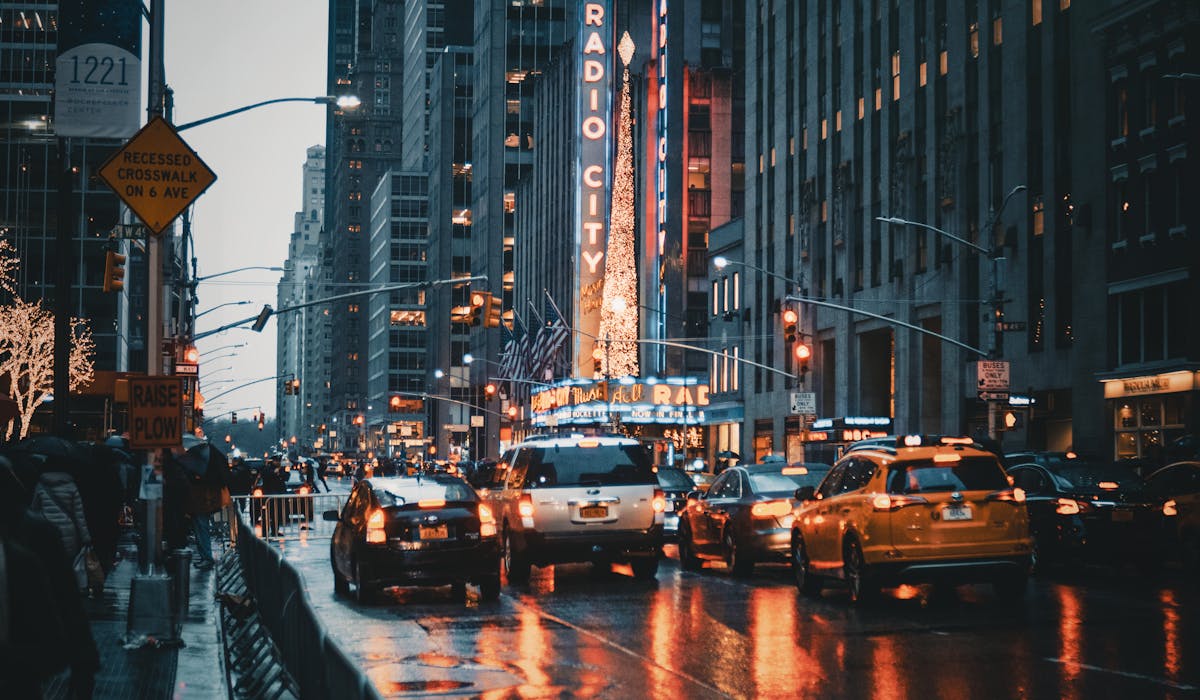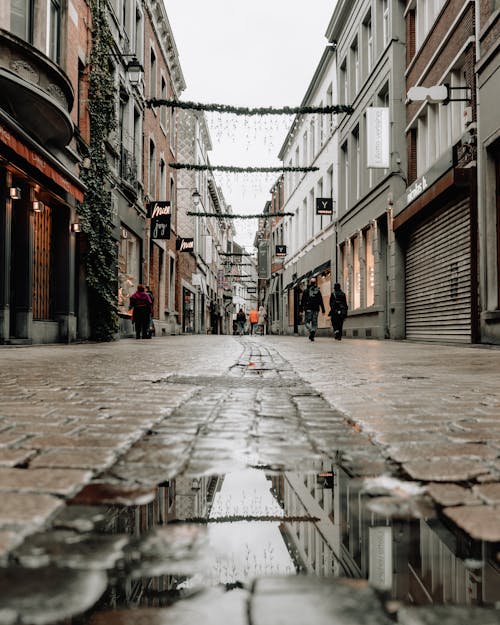Unknown Facts About Framing Streets
Wiki Article
Framing Streets for Dummies
Table of ContentsFraming Streets for DummiesFraming Streets Can Be Fun For EveryoneEverything about Framing StreetsIndicators on Framing Streets You Need To KnowA Biased View of Framing StreetsWhat Does Framing Streets Mean?
, normally with the objective of catching pictures at a crucial or emotional moment by mindful framing and timing. https://hub.docker.com/u/framingstreets1.
As a result his boots and legs were well defined, however he lacks body or head, due to the fact that these remained in activity." Charles Ngre, waterseller Charles Ngre. https://www.huntingnet.com/forum/members/framingstreets1.html was the initial digital photographer to acquire the technical sophistication needed to register individuals in activity on the street in Paris in 1851. Professional Photographer John Thomson, a Scotsman dealing with journalist and social protestor Adolphe Smith, published Street Life in London in twelve monthly installments starting in February 1877
Facts About Framing Streets Uncovered
Eugene Atget is considered a progenitor, not due to the fact that he was the very first of his kind, yet as a result of the popularisation in the late 1920s of his record of Parisian roads by Berenice Abbott, that was motivated to embark on a comparable paperwork of New york city City. [] As the city developed, Atget helped to promote Parisian streets as a worthy subject for digital photography.
Framing Streets Things To Know Before You Buy
Martin is the first videotaped digital photographer to do so in London with a masked video camera. Mass-Observation was a social research organisation started in 1937 which intended to tape-record day-to-day life in Britain and to record the responses of the 'man-in-the-street' to King Edward VIII's abdication in 1936 to marry separation Wallis Simpson, and the succession of George VI. The chief Mass-Observationists were anthropologist Tom Harrisson in Bolton and poet Charles Madge in London, and their very first record was generated as guide "May the Twelfth: Mass-Observation Day-Surveys 1937 by over two hundred observers" [] Home window cleaner at Kottbusser Tor, Berlin, by Elsa Thiemann c. 1946 The post-war French Humanist Institution digital photographers discovered their subjects on the street or in the diner. Andre Kertesz.'s extensively appreciated Images la Sauvette (1952) (the English-language edition was entitled The Definitive Moment) promoted the concept of taking a photo at what he labelled the "decisive minute"; "when kind and web content, vision and structure merged right into a transcendent whole" - copyright a7iv.The Ultimate Guide To Framing Streets
The recording maker was 'a concealed camera', a 35 mm Contax concealed below his layer, that was 'strapped to the upper body and connected to a lengthy wire strung down the best sleeve'. Nevertheless, his job had little contemporary impact as as a result of Evans' sensitivities concerning the originality of his project and the personal privacy of his topics, it was not published till 1966, in guide Several Are Called, with an introduction created by James Agee in 1940.Helen Levitt, after that an instructor of young children, related to Evans in 193839. She documented the temporal chalk drawings - copyright Camera that became part of kids's street society in New York at the time, as well as the youngsters that made them. In July 1939, Mo, MA's new photography section consisted of Levitt's operate in its inaugural exhibitionRobert Frank's 1958 book,, was considerable; raw and often out of focus, Frank's pictures questioned mainstream photography of the moment, "challenged all the formal guidelines laid down by Henri Cartier-Bresson and Walker Evans" and "contradicted the wholesome pictorialism and sincere photojournalism of American magazines like LIFE and Time".
Report this wiki page